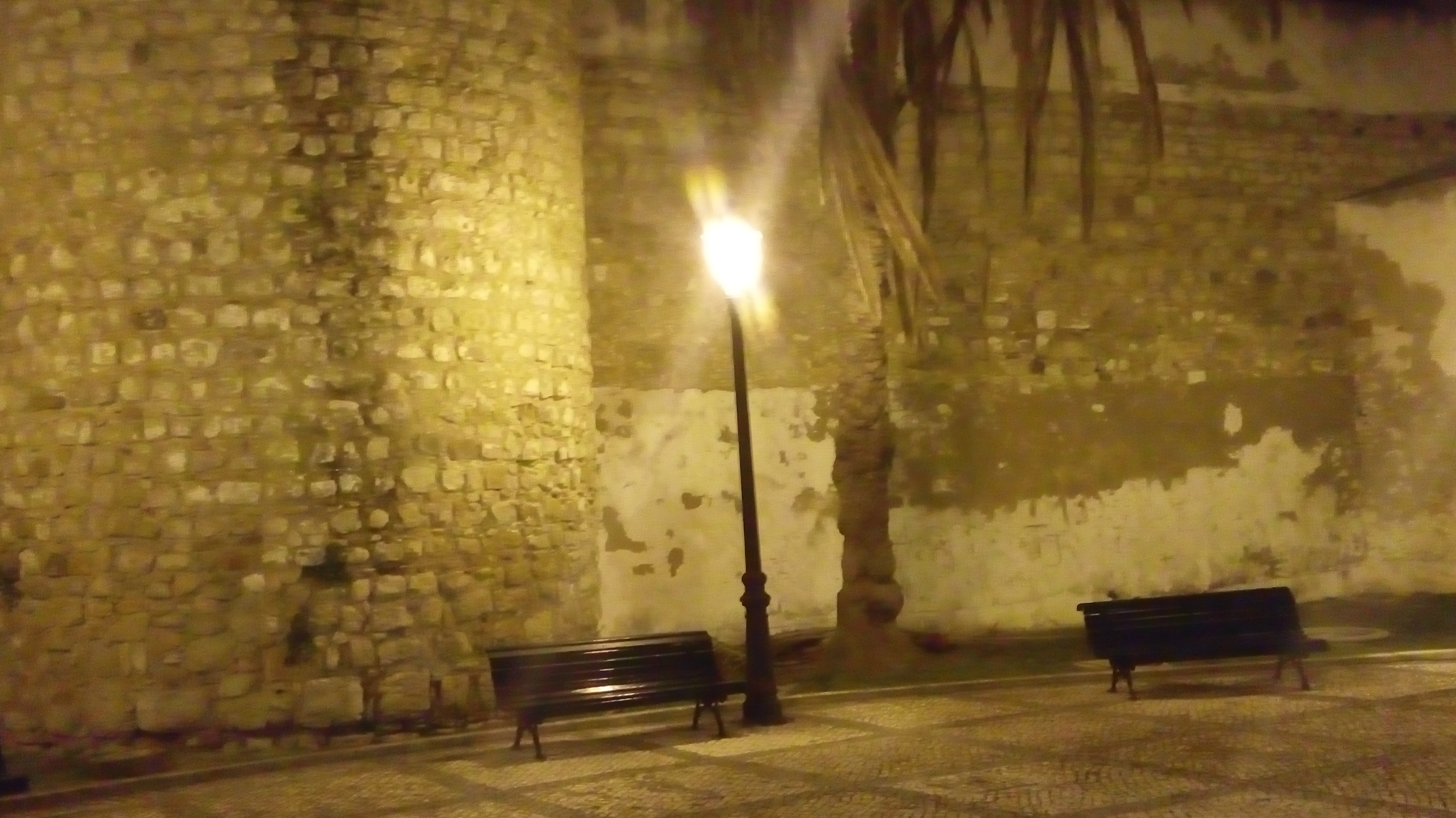Huashan Rock Art: Presentation of a Chinese Cultural Heritage Site in the Absence of Tourism Infrastructure
DOI:
https://doi.org/10.29149/mtr.v5i2.6295Palavras-chave:
tourism, China, tourism infrastructure, destination managementResumo
The Huashan Rock Art site is a cultural tourism site of considerable importance in the development of domestic tourism focusing on heritage and history. As a previously peripheral part of Chinese society, Huashan has a significant role in explaining to Chinese people the extent and complexity of their history. Yet development of the research site has been hampered by the lack of tourism infrastructure (e.g. managerial capacity, accommodation, transportation, integrated services and so forth) and the private sector is not well-positioned to make up for the shortfall. The situation compares unfavourably with other destinations in neighbouring provinces. Under these circumstances, a program of qualitative research was launched using in-depth personal interviews to investigate the means by which Huashan Rock Art site is being presented and promoted currently and how can that presentation lead to an emotional and ideological response. It was found that there is some interaction between the type and nature of presentation and the success of the site in terms of destination management and this interaction is explored.
Referências
Bourdieu, P. (1972). Outline of a Theory of Practice, Cambridge: Cambridge University Press, 1972, translated by Richard Nice.
Cui, Xi, “Media Events Are Still Alive: The Opening Ceremony of the Beijing Olympics as a Media Ritual,” International Journal of Communication, Vol.7 (2013), pp.1220-35.
Dai, Qiwei, Xinyue Ye, Yehua Dennis Wei, Yuemin Ning and Sheng Dai, “Geography, Ethnicity and Regional Inequality in Guangxi Zhuang Autonomous Region, China,” Applied Spatial Analysis and Policy, Vol.11 (2018), pp.557-80.
Department of Guangxi Zhuang Autonomous Region, n.d., available at: http://www.gxswt.gov.cn (in Chinese).
Evans, Grant, Transformation of Jinghong, Xishuangbanna, PRC,” in G. Evans, C. Hutton and K.K. Eng (eds.), Where China Meets Southeast Asia (New York, NY: Palgrave Macmillan, 2000), pp.162-82.
Font, Xavier and Tor E. Ahjem, “Searching for a Balance in Tourism Development Strategies,” International Journal of Contemporary Hospitality Management, Vol.11, No.2/3 (1999), pp.73-7.
Jick, Todd D., “Mixing Qualitative and Quantitative Methods: Triangulation in Action,” Administrative Science Quarterly, Vol.24, No.4 (December, 1979), pp.602-11.
Khin, Kyi Zin and John Walsh, “Achieving Sustainable Community-Based Tourism in Rural Myanmar: The Case of River Ayeyarwaddy Dolphin Tourism,” Zagreb International Review of Economics and Business, Vol.22, No.2 (2019), pp.95-109, doi: https://doi.org/10.2478/zireb-2019-0022, available at: https://hrcak.srce.hr/228942.
Lefebvre, Henri, Critique of Everyday Life (London and New York, NY: Verso, 2014) (e-book), translated by Gregory Elliott.
Li, Yi and Fulong Wu, “The Transformation of Regional Governance in China: The Rescaling of Statehood,” Progress in Planning, Vol.78, No.2 9August, 2012), pp.55-79.
Ma, Ji-Gang, “An Empirical Study on Tourism Development in Ethnic Minority Village,” Commercial Research, Vol.6 (2008).
McCain, Gary and Nina M. Ray (2003), “Legacy Tourism: The Search for Personal Meaning in ‘Heritage Trends,’” Tourism Management, 24(6), 713-7.
Munar, Ana María, “Social Media Strategies and Destination Management,” Scandinavian Journal of Hospitality and Tourism, Vol.12, No.2 (2012), pp.101-20.
Mura, Paolo and Rokshad Tavakoli, “Tourism and Social Capital in Malaysia,” Current Issues in Tourism, Vol.17, No.1 (2014), pp.28-45.
People’s Government of Guangxi Zhuang Autonomous Region, “Beibu Gulf Port Group” (August 21st, 2018), available at: en-gxzf.gov.cn/2018-08/21/c_264859.htm.
People’s Government of Guangxi Zhuang Autonomous Region, “Guangxi Receives over 288.86m Tourists in 2018” (January 29th, 2019), available at: en.gxzf.gov.cn/2019-01/29/c_331744.htm.
Peters, Heather, “Tattooed Faces and Stilt Houses: Who Were the Ancient Yue?” Sino-Platonic Papers, No.17 (April, 1990), available at: sino-platonic.org/complete/spp017_yue.pdf.
Robertson, Margaret Hart, “Heritage Interpretation, Place Branding and Experiential Marketing in the Destination Management of Geotourism Sites,” Translation Spaces, Vol.4, No.2 (January, 2015), pp.289-309.
Statista, “Gross Domestic Product (GDP) of China in 2018, by Region” (2020), available at: www.statista.com/statistics/278557/gdp-of-china-by-region/.
Su, Ming Ming and Geoffrey Wall, “Chinese Research on World Heritage Tourism,” Asia Pacific Journal of Tourism Research, Vol.16, No.1 (2011), pp.75-88.
Su, Xiaobo and Peggy Teo, “Tourism Politics in Lijiang, China: An Analysis of State and Local Interactions in Tourism Development,” Tourism Geographies: An International Journal of Tourism Space, Place and Environment, Vol.10, No.2 (2008), pp.150-68.
Truong, Thuy-Huong and Brian King, “An Evaluation of Satisfaction Levels among Chinese Tourists in Vietnam,” International Journal of Tourism Research, Vol.11 (2009), pp.521-35.
Walsh, John and Thanan Apivantanaporn, “Destination Management of Small Islands: The Case of Koh Mak,” Acta Universitatis Danubius Oeconomica, Vol.11, No.3 (2015), pp.172-96.
Xinhua, “Backgrounder: Guangxi in a Statistical Nutshell – Population and Society,” Xinhuanet (December 9th, 2018), available at: www.xinhuanet.com/english/2018-12/09/c_137661448.htm.
Xinhua, “Overexploitation, Pollution Threaten China’s Coasts” (June 8th, 2015), available at: www.china.org.cn/environment/2015-06/08/content_35771951.htm.
Xi, Qin, Ousanee Sawagvudhcaree and John Walsh, “Information Sources and Domestic Tourism at Sanyuesan Festival, China,” International Business Research, Vol.12, No.8 (2019), pp.23-30, doi:10.5539/ibr.v12n8p23.
Yoon, Yooshik, Dogan Gursoy and Joseph S. Chen, “Validating a Tourism Development Theory with Structural Equation Modelling,” Tourism Management, Vol.22, No.4 (August, 2001), pp.363-72.
Zhang, Chaozhi, Alan Fyall and Yanfen Zheng, “Heritage and Tourism Conflict within World Heritage Sites in China: A Longitudinal Study,” Current Issues in Tourism, Vol.18, No.2 (2015), pp.110-36.
Downloads
Publicado
Como Citar
Edição
Seção
Licença
Copyright (c) 2020 John Walsh

Este trabalho está licenciado sob uma licença Creative Commons Attribution-NonCommercial 4.0 International License.
Autores que publicam nesta revista concordam com os seguintes termos:
- Autores mantém os direitos autorais e concedem à revista, sem ônus para a mesma, o direito de primeira publicação, com o trabalho simultaneamente licenciado sob a Licença Creative Commons Attribution que permite o compartilhamento do trabalho com reconhecimento da autoria e publicação inicial nesta revista
- Autores têm autorização para assumir contratos adicionais separadamente, para distribuição não-exclusiva da versão do trabalho publicada nesta revista (ex.: publicar em repositório institucional ou como capítulo de livro), com reconhecimento de autoria e publicação inicial nesta revista.
- Autores assumem exclusiva responsabilidade pelas suas opiniões emitidas nos trabalhos publicados nesta revista
















